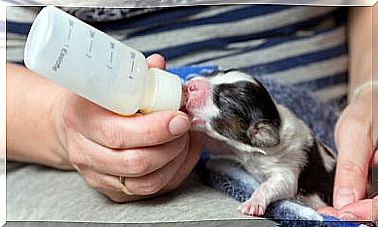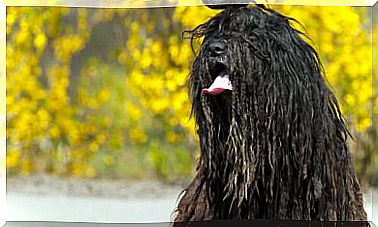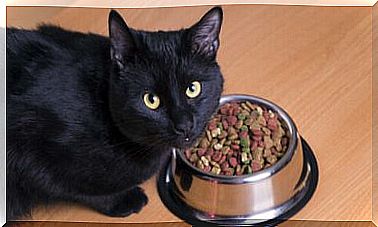Zoonotic Diseases And Insects
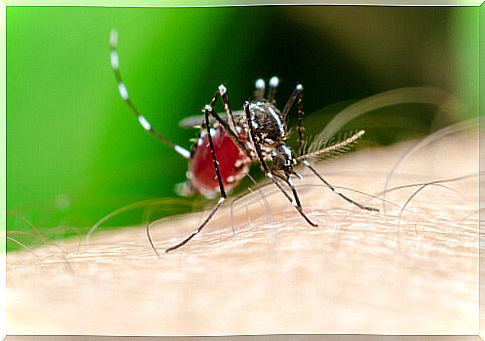
Summer is approaching, and with it, various winged insects begin to populate our homes. Although they are not invited, they are an essential part of the fauna, since mosquitoes and flies are essential pollinators and also provide a source of food for many other animals. Even so, friction makes contact, and due to their long history linked to humans, some of these insects are transmitters of zoonotic diseases.
What is a zoonosis?
The term zoonosis refers to any infectious disease that is naturally transmitted from an animal to a human, or vice versa.
It is common to think of famous diseases in the media, produced by livestock and species of agricultural interest: avian flu, swine flu, or mad cow disease. Even so, there are much smaller animals that go unnoticed before our eyes that are capable of transmitting diseases (even more dangerous if they fit) to humans.
Here we present various disease-producing insects, collected by the World Health Organization.
The mummy mosquito
The mummy mosquito or dengue mosquito (Aedes aegypti), as its name suggests, is responsible for diseases such as dengue, yellow fever or Zika.
This small arthropod is distinguished by its striking white bands, although its morphology is usually not distinctive enough to differentiate it from other mosquitoes of the Aedes genus .
As is already known to many, only female mosquitoes feed on blood. This atypical behavior has a clear biological reason :
- Both males and females feed on nectar, so both can live without biting a vertebrate in its life cycle.
- Even so, females require blood to obtain the nutritional supply necessary for laying eggs.
- A female that does not consume blood will not be able to produce offspring.
Unlike other mosquitoes, Aedes aegypti is more active during the day than at night, which further increases the likelihood of contact with humans.
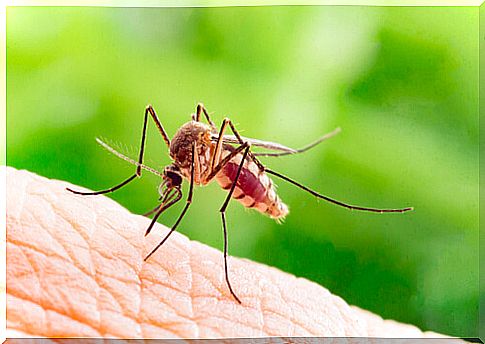
Sand flies
We did not abandon winged animals, but we did change species, now turning our attention to various species of the genus Phlebotomus. Sand flies are vectors of the prostitute genus Leishmania , causing leishmaniasis.
These insects are somewhat similar to common mosquitoes, but they are smaller: two to three millimeters at most. Its body is semitransparent and covered with hairs.
- As in the previous case, both males and females feed on the nectar of plants or aphid secretions.
- Hematophagy is only necessary in females to produce eggs.
The protozoan Leishmania is transmitted with the saliva of the female mosquito once the bite occurs, and affects rodents, dogs, marsupials and primates.
Ticks
But not all zoonotic disease-transmitting arthropods are flying. Ticks are a clear example of this, and although they are not insects as such (they belong to the arachnid class), they deserve a special mention:
- The Ixodes ricinus tick , which can exceed one centimeter after ingesting blood from its host, transmits a wide variety of pathogens to various vertebrates. It is the vector of the Borrelia bacteria , known to all cause Lyme disease.
- The Hyalomma marginatum tick is the main vector of the Crimean Congo hemorrhagic fever virus.
Perhaps it is more difficult for a tick to access a human being: they are not flying, and therefore, they hang from plant surfaces waiting to jump on the unfortunate host. The risk increases for humans in rural environments or when in contact with wild mammals.
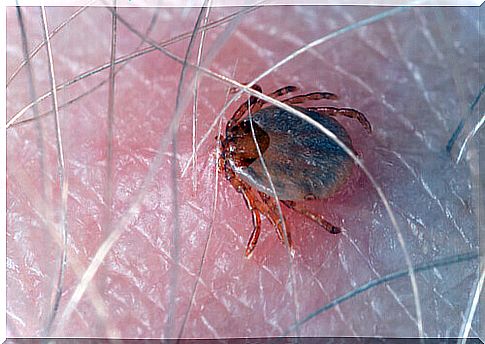
An ecosystem importance with costs
Arthropods, in general, are an essential pillar for the functioning of any ecosystem. As previously mentioned, they are the main pollinators, allowing flora to proliferate, and they also represent a source of nutrients for many animal species.
Therefore, although they are a threat to humans as they are transmitters of zoonotic diseases, it is always convenient to remember that all living beings deserve respect and admiration as long as they are in their natural environment.
